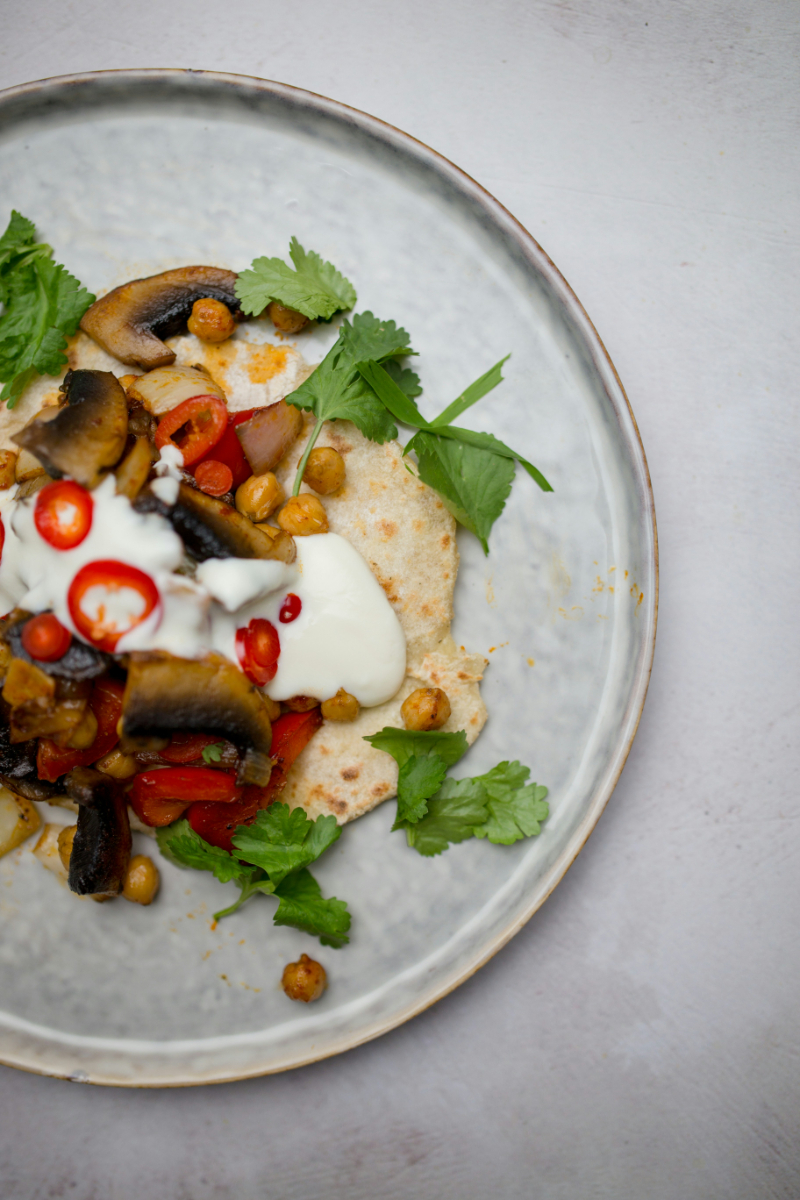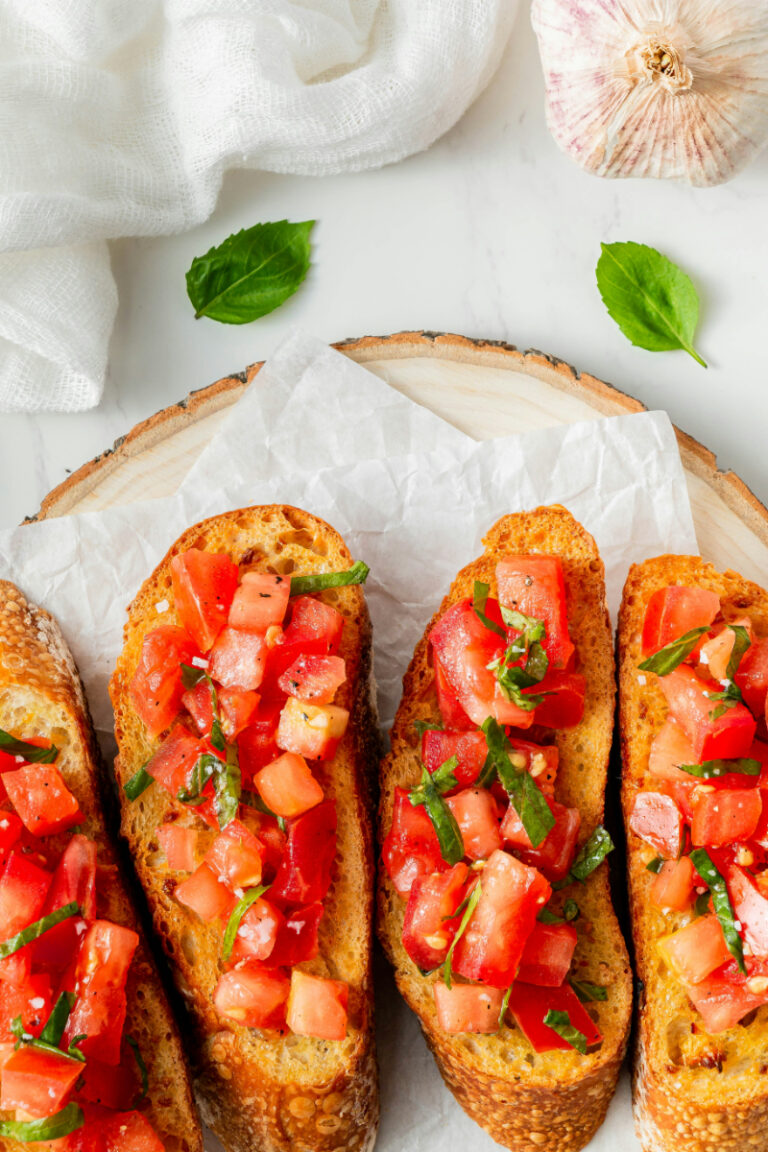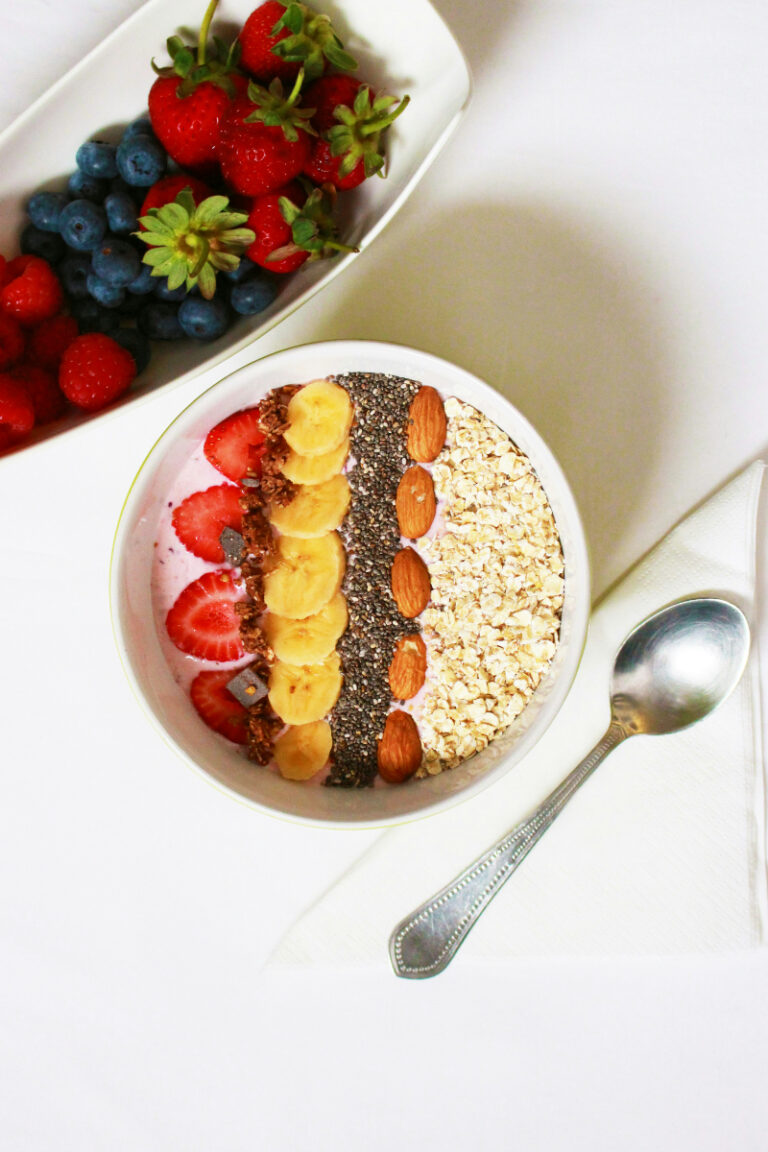Low Carb Stir Fry Vegetables: A Delicious and Healthy Meal Option
Are you looking for a delicious and healthy meal that is easy to make? Look no further than low carb stir fry vegetables! This dish is perfect for anyone who wants to eat healthily without sacrificing flavor. With a variety of low-carb vegetables, you can create a meal that is both satisfying and nutritious.
One of the best things about low carb stir fry vegetables is how versatile it is. You can use a variety of vegetables, such as broccoli, bell peppers, zucchini, and carrots, to create a dish that is tailored to your taste preferences. Not only that, but it’s also a great way to use up any vegetables you have on hand. Plus, with a variety of seasonings and sauces, you can create a dish that is both savory and delicious.
Whether you’re following a low-carb diet or simply looking for a healthy and tasty meal, low carb stir fry vegetables are a great choice. So why not give it a try today? You’ll be amazed at how easy it is to create a dish that is both healthy and delicious.

Essentials of Low Carb Stir Fry
When it comes to low carb stir fry, there are a few key things to keep in mind to make a delicious and healthy meal. In this section, we’ll cover the essentials of low carb stir fry, including choosing low carb vegetables, selecting the right proteins, and balancing flavors without carbs.
Choosing Low Carb Vegetables
The foundation of any stir fry is the vegetables, and when you’re looking to keep things low carb, it’s important to choose the right ones. Some great low carb options include:
- Broccoli
- Bell peppers
- Zucchini
- Eggplant
- Mushrooms
- Carrots (in small amounts)
By choosing a variety of colorful vegetables, you’ll not only keep things interesting but also get a range of nutrients. When preparing your vegetables, be sure to cut them into small, bite-sized pieces so they cook evenly and quickly.
Selecting the Right Proteins
While vegetables are the star of the show in a stir fry, you’ll also want to include some protein to make it a satisfying meal. Some great low carb options include:
- Chicken breast
- Shrimp
- Tofu
- Beef sirloin
- Pork tenderloin
When selecting your protein, be sure to choose lean cuts and avoid anything that’s breaded or coated in a sugary sauce. If you’re using tofu, be sure to press it to remove excess moisture before cooking.
Balancing Flavors Without Carbs
One of the challenges of low carb cooking is finding ways to add flavor without relying on carbs. In a stir fry, you can do this by using flavorful oils, such as sesame or coconut oil, and adding herbs and spices. Some great options include:
- Garlic
- Ginger
- Soy sauce
- Sesame seeds
- Red pepper flakes
- Cilantro
You can also add some acidity by using vinegar or citrus juice, such as lime or lemon. By balancing these flavors, you’ll create a delicious low carb stir fry that’s both satisfying and healthy.
Cooking Techniques
Stir Fry Basics
Stir-frying is a quick and easy way to cook vegetables while still retaining their nutrients. To make a low-carb stir fry, start by heating up a small amount of oil in a wok or large skillet over high heat. Once the oil is hot, add your vegetables and stir-fry them until they are cooked to your liking.
When stir-frying, it’s important to keep the vegetables moving in the pan so they cook evenly. You can use a spatula or a pair of tongs to toss the vegetables around. Don’t overcrowd the pan – if you add too many vegetables at once, they will steam instead of stir-fry.
To add flavor to your stir fry, you can use a variety of seasonings and sauces. Soy sauce, garlic, ginger, and sesame oil are all great options. You can also add a protein source such as chicken, beef, tofu, or shrimp to make your stir fry more filling.

Maintaining Vegetable Crunch
One of the keys to a great stir fry is maintaining the crunch of the vegetables. To do this, it’s important not to overcook them. You want the vegetables to be cooked through but still slightly firm.
To help maintain the crunch, you can blanch some of the vegetables before stir-frying them. Blanching involves briefly boiling the vegetables in salted water and then immediately transferring them to an ice bath to stop the cooking process. This can help to soften the vegetables slightly while still keeping them crisp.
Another tip is to cut the vegetables into uniform pieces so they cook evenly. This will ensure that some pieces aren’t overcooked while others are still raw. Finally, make sure to add any delicate vegetables, such as snow peas or bean sprouts, towards the end of the cooking process so they don’t get overcooked.
By following these tips, you can create a delicious and nutritious low-carb stir fry that is packed with flavor and texture.
Recipe Variations
If you want to switch up your low carb stir fry vegetables, try out these recipe variations:
Beef and Broccoli Stir Fry
For a heartier stir fry, add in some beef and broccoli. Cut 1 pound of flank steak into thin strips and season with salt and pepper. In a large skillet or wok, heat 1 tablespoon of oil over high heat. Add the beef and cook until browned, about 3-4 minutes. Remove the beef from the skillet and set aside.
In the same skillet, add 1 tablespoon of oil and sauté 1 chopped onion until softened. Add 2 cups of broccoli florets and cook until tender, about 5 minutes. In a small bowl, whisk together 1/4 cup of soy sauce, 1 tablespoon of honey, 1 tablespoon of cornstarch, and 1/4 cup of water. Add the beef back to the skillet along with the sauce mixture. Cook until the sauce has thickened and the beef is cooked through, about 2-3 minutes.
Serve the beef and broccoli stir fry over cauliflower rice or zucchini noodles for a low carb meal.
Spicy Tofu Vegetable Stir Fry
For a vegetarian option, try out a spicy tofu vegetable stir fry. Press 1 block of tofu to remove excess liquid and cut into cubes. Toss the tofu with 1 tablespoon of cornstarch and season with salt and pepper. In a large skillet or wok, heat 1 tablespoon of oil over high heat. Add the tofu and cook until crispy, about 5-6 minutes. Remove the tofu from the skillet and set aside.
In the same skillet, add 1 tablespoon of oil and sauté 1 chopped onion until softened. Add 2 cups of mixed vegetables such as bell peppers, broccoli, and carrots and cook until tender, about 5 minutes. In a small bowl, whisk together 2 tablespoons of soy sauce, 1 tablespoon of honey, 1 tablespoon of sriracha, and 1/4 cup of water. Add the tofu back to the skillet along with the sauce mixture. Cook until the sauce has thickened and the tofu and vegetables are coated, about 2-3 minutes.
Serve the spicy tofu vegetable stir fry over cauliflower rice or zucchini noodles for a low carb and vegetarian meal.
Nutritional Information
Caloric Content Overview
When it comes to low-carb stir fry vegetables, you can enjoy a delicious and filling meal without worrying about consuming too many calories. Most vegetables are low in calories, which means you can eat a large volume of them without consuming too many calories. For example, one cup of broccoli contains only 55 calories, while one cup of sliced mushrooms contains only 15 calories.
However, the caloric content of your stir fry will depend on the ingredients you use. If you add high-calorie ingredients like meat or nuts, the caloric content of your meal will increase. Therefore, it’s important to pay attention to the caloric content of each ingredient you use and adjust your portions accordingly.
Understanding Macros
In addition to calories, it’s important to pay attention to the macronutrient content of your low-carb stir fry vegetables. The three macronutrients are carbohydrates, protein, and fat.
Most vegetables are low in carbohydrates, which makes them a great choice for a low-carb meal. For example, one cup of broccoli contains only 6 grams of carbohydrates, while one cup of sliced mushrooms contains only 2 grams of carbohydrates.
However, if you add high-carb ingredients like rice or noodles to your stir fry, the carbohydrate content of your meal will increase. Therefore, it’s important to choose low-carb alternatives like cauliflower rice or zucchini noodles.
When it comes to protein, most vegetables are low in protein. Therefore, it’s important to add a protein source like tofu, chicken, or shrimp to your stir fry to make it a balanced meal.
Finally, when it comes to fat, it’s important to choose healthy sources of fat like olive oil or avocado instead of unhealthy sources like vegetable oil or butter. One tablespoon of olive oil contains 14 grams of fat, while one tablespoon of butter contains 11 grams of fat. Therefore, it’s important to use healthy sources of fat in moderation to keep the fat content of your meal in check.






